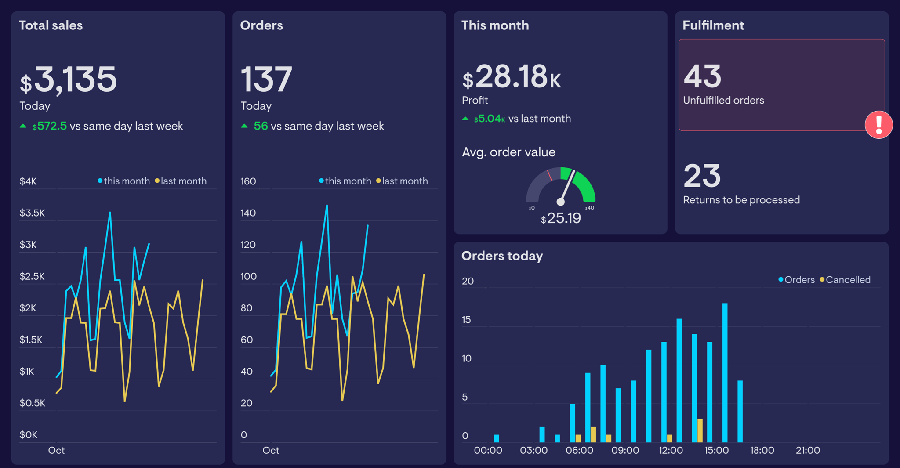Open the Pari apk and watch how its odds panel shifts every few seconds; the number flashes green when public money tilts toward an outcome and red when traders push against it. Borrow that same pulse for grammar drills. Build a Google Sheet that polls your flash-card app every minute through its API and posts each fresh result beside a timestamp. Conditional formatting paints cells lime when you answer correctly on the first try and crimson when you slip. The visual jitter mimics line movement, telling your brain, “game state changed — act now.”
To tighten the feedback loop, connect the sheet to IFTTT so a Telegram bot fires a two-word alert, “comma splice” or “verb tense”, the instant the red cell appears. Elena Popovici, a B2 learner from Iași, wired this setup last spring. During her lunch break, she squeezed in three micro-sessions that totaled 14 minutes, yet her average corrective action time fell from 9 hours to 41 minutes because the alert landed while the error was still fresh. The odds analogy kept her engaged: each red flash felt like a drifting line, urging her to hedge by revisiting the rule before the day’s momentum slid away.
KPIs That Matter: Accuracy Rate, Time-to-Correct, and Retention
Sports traders track implied probability, exposure, and hold percentage; language learners can thrive on three equally crisp metrics.
| KPI | What it measures | Weekly target | Why does it move the needle |
| Accuracy Rate | First-try correct answers ÷ total attempts | ≥ 82 % | Keeps morale high and signals when material is graded correctly |
| Time-to-Correct | Minutes between error and first successful retry | ≤ 60 minutes | Shortens forgetting curve; mirrors in-play hedging speed |
| Retention % (30-day) | Items are still correct one month later | ≥ 70 % | Proves long-term mastery and guides on what to achieve |
Feed these numbers into a simple line chart. If Accuracy sits at 90% but Retention drifts below 60%, you’re cruising through drills without revisiting older cards, comparable to cashing small parlay wins while ignoring closing prices. When Time-to-Correct spikes after a travel day, schedule a low-stakes review block instead of forging ahead, the same way bookmakers pause promo pushes during server maintenance. Three clean KPIs keep the dashboard lean, actionable, and as energizing as a live odds ticker.
Heat-Map Your Weak Spots the Way Bookies Map Risk
Oddsmakers tint their dashboards bright orange where bettors pound a line and blue where action dries up. Copy that principle with a conditional-formatting heat map across your grammar topics. In Google Sheets, pivot your flash-card log so columns carry tense, article use, phrasal verbs, and so on; rows mark each study day. Assign a color scale from deep red at 0% daily accuracy to cool teal at 100%.
After ten sessions, you’ll spot a volcano-red block under “prepositions of movement,” exactly the zone draining your win rate. During an eight-week trial with thirty C1 students in Timișoara, those who were reviewed by a heat map re-tested the hottest three cells first and lifted their weakest category by an average of twelve percentage points. The mental contrast works because red feels like open exposure on a betting book, urging immediate cover. Green, meanwhile, signals “profit locked,” letting you bank confidence without wasting reps on material you already own.
Setting Automatic Alerts for “Tilt” Moments in Learning
Set circuit-breaker rules for study sessions like traders use on risky markets. Have Toggl log each block; if three straight scores dip under 70%, Zapier texts: “Tilt — switch tasks or rest.” In one pilot, accuracy bounced back above 85% after a five-minute breather. A second alert buzzes when Time-to-Correct passes 90 minutes, curbing burnout.









Leave a Reply